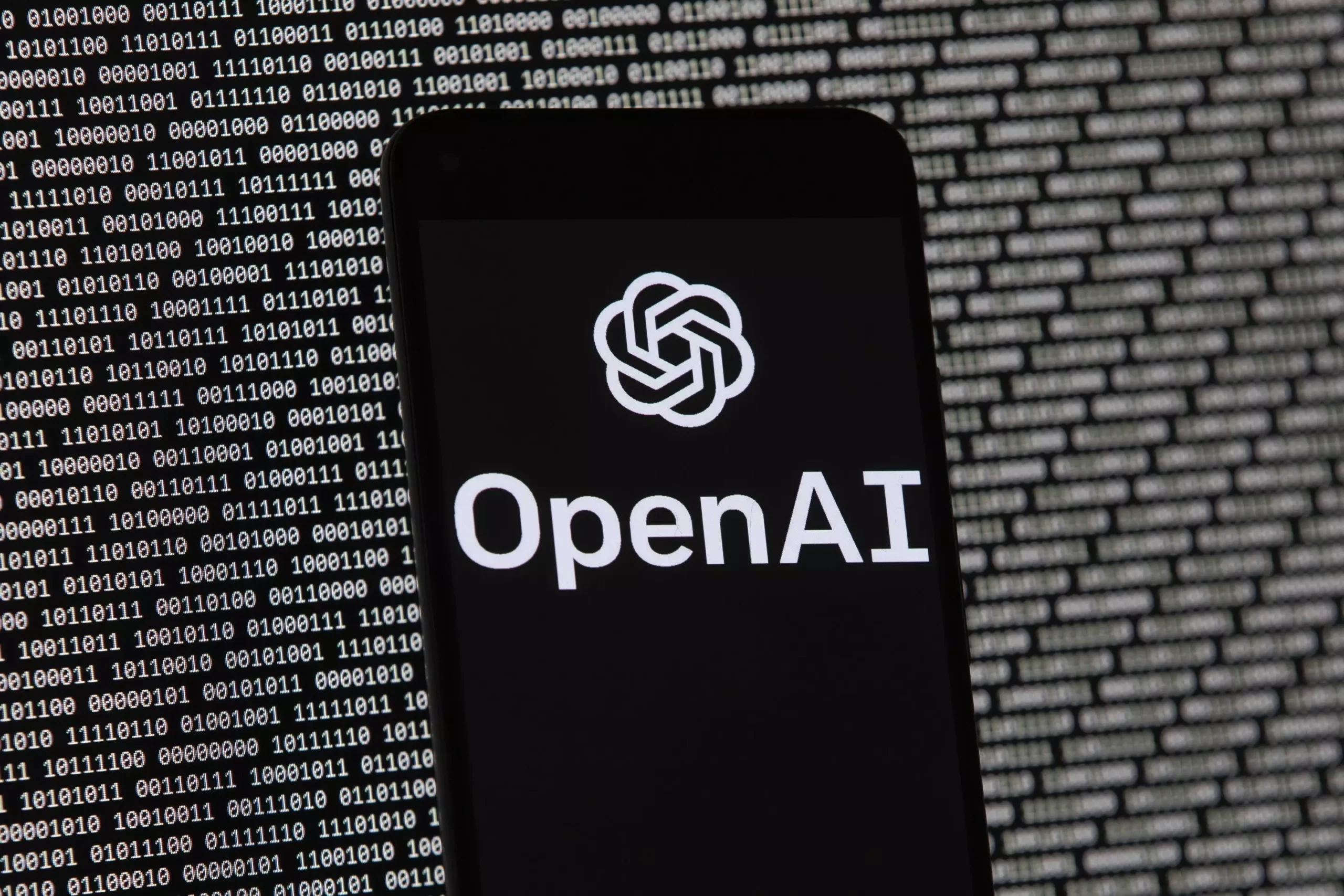In 2016, the inception of OpenAI marked a significant moment in the realm of artificial intelligence. Incorporated in Delaware and headquartered in Mountain View, California, the organization applied for tax-exempt status as a charitable entity, setting out to pursue a grand mission: to “advance digital intelligence in the way that is most likely to benefit humanity as a whole.” This statement is reflective of a noble ambition to develop AI technologies that prioritize human welfare over financial gain. At its foundation, OpenAI was primarily a nonprofit endeavor, bolstered by an initial $10 million loan from its co-founder and current CEO, Sam Altman.
Fast forward to the present, and OpenAI has transformed substantially. Originally committed to research without the lure of commercial prospects, it has now ventured into the revenue-generating arena with a for-profit subsidiary that has recently been valued at an astounding $157 billion. This evolution illustrates a striking departure from its founding principles. When OpenAI first submitted its application to the IRS, it explicitly stated its intention not to pursue joint ventures or commercialize products. This has raised eyebrows, prompting some legal experts and nonprofit advisors to examine the implications of OpenAI’s changing structure.
While OpenAI maintains that its core mission remains intact, the methods and strategies for achieving it have undoubtedly shifted. The organization now enjoys a prominent position in the competitive landscape of artificial intelligence, leading many to question whether its nonprofit status can be reconciled with its current financial aspirations.
The regulatory environment surrounding nonprofits is intricate, necessitating adherence to various legal requirements. OpenAI’s rapid expansion has come under the watchful eye of nonprofit experts, some of whom speculate on the compliance of OpenAI’s new operational model with established regulations. Questions linger regarding the extent to which OpenAI’s activities genuinely serve its charitable mission, a criterion that is crucial for maintaining nonprofit status. Furthermore, there is concern over whether the financial ecosystem surrounding OpenAI might enable individuals or groups to derive undue benefits, which is against nonprofit tenets.
Andrew Steinberg, a legal counsel specializing in nonprofit organizations, describes OpenAI’s IRS application as typical for a budding nonprofit, emphasizing that organizations frequently adapt their models in response to evolving goals and market conditions. He acknowledges that the growth trajectory of OpenAI may have evolved beyond the initial vision, a natural occurrence in the fast-paced tech landscape.
Reflecting on OpenAI’s earliest goals reveals a contrast with its current activities. Initially, the organization aimed to develop AI capabilities primarily surrounding simple tasks, such as training agents for games and creating robots for household chores. However, the subsequent launch of ChatGPT and other sophisticated products like text-to-image generators have far surpassed these preliminary aspirations, showing not just a diversification of products but also a significant leap in technological advancement.
In its 2016 application, OpenAI reaffirmed its commitment to making research available to the public without restrictions. Yet today, it is evident that the organization’s focus has shifted towards developing products that provide direct solutions to complex problems. The justification for this pivot rests in OpenAI’s assertion that commercial partnerships serve to enhance its overarching mission.
An important aspect of OpenAI’s strategy lies in its approach to intellectual property (IP). The organization has consistently expressed its intent to retain ownership of the intellectual properties it develops, a stance that raises several questions about the potential future of its corporate structure. Given the substantial profits associated with AI technologies, discussions about possible structural changes loom large. If such changes are pursued, the implications for the nonprofit community could be profound, challenging traditional notions of mission-driven organizations.
While OpenAI’s narrative is characterized by a commitment to advancing AI for good, the ongoing tension between its nonprofit origins and for-profit ambitions will likely continue to evoke scrutiny from within the nonprofit sector and beyond.
OpenAI’s journey since its founding underscores the complexities of navigating the intersection of nonprofit ethics and commercial enterprise. While its grounding in altruism and innovation remains evident, the trajectory towards profitability inevitably complicates its mission. As OpenAI proceeds further into this uncharted territory, it must balance the pursuit of financial success with the responsibilities of a nonprofit, ensuring that it continues to benefit humanity while remaining compliant with regulatory standards. The coming years will be crucial in determining whether OpenAI can harmonize its original mission with the realities of a vastly evolving tech landscape.


Leave a Reply